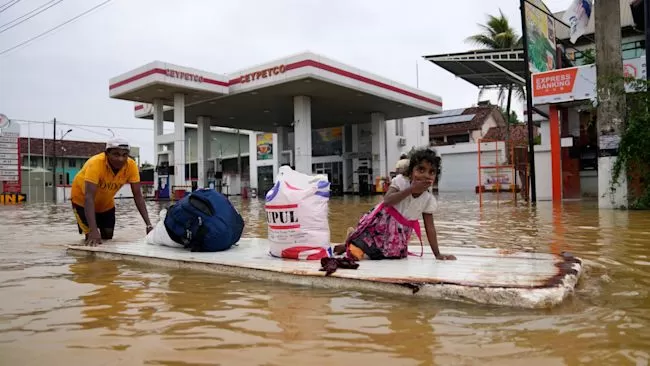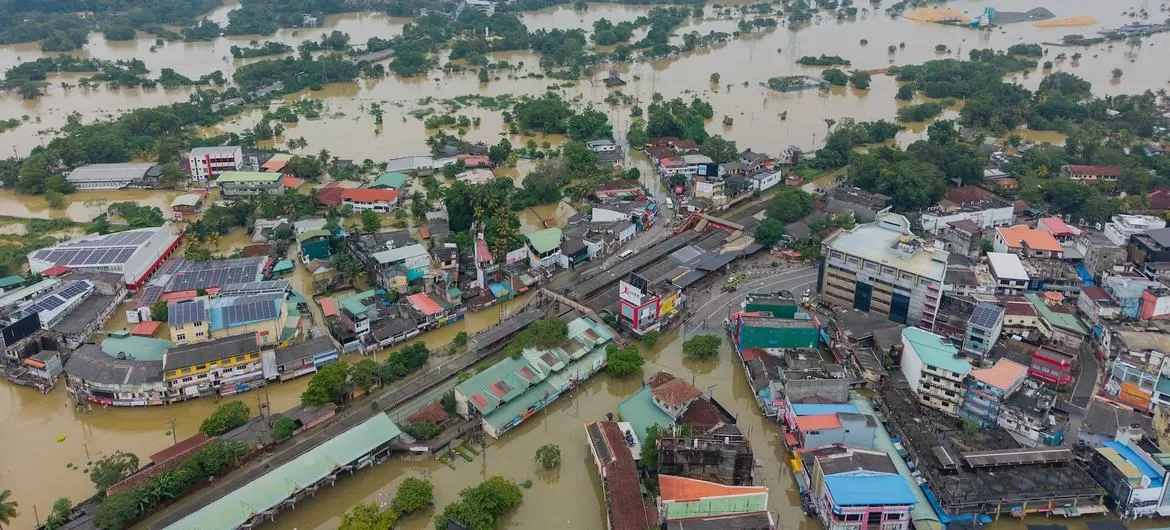Trending

Sri Lanka’s trade deficit continued to narrow as imports continued to
decline at a faster pace than the decline in export earnings in the
month of August, the latest external sector data released by the Central
Bank showed.
The deficit in the trade account in August 2020 narrowed to US$ 342
million from US$ 541 million in August 2019, as imports declined at a
faster pace than the decline in exports.
Also, on a cumulative basis, the trade deficit narrowed by over US$ 1
billion to US$ 3,812 million during the period from January to August
2020 from US$ 4,855 million in the corresponding period of 2019.
The major contributory factors for the decline in trade deficit were,
lower imports of fuel, textiles, building materials, machinery &
equipment and personal vehicles.
The government has placed regulatory restrictions on goods identified as
non-essential imports to preserve the country’s foreign reserves and
the currency. The government expects the trade account deficit to narrow
to US$ 5.8 billion this year from US$ 8 billion in 2019.
Meanwhile, merchandise export performance remained strong in August,
although down from year-on-year (YoY) and month-on-month basis.
Merchandise exports declined to US$ 947 million in August 2020 compared
to US$ 1,033 million recorded in August 2019 and US$ 1,085 million
recorded in July 2020.
The YoY decline emanated from declines recorded in earnings from all
three major categories of exports namely, industrial, agricultural, and
mineral exports.
Industrial exports declined by 10.2 percent, YoY in August 2020 mainly
due to reduced earnings from exports related to textiles and garments,
petroleum products, gems, diamonds and jewellery, leather, travel goods
and footwear and base metals and articles. Earnings from textiles and garments declined by 11.9 percent YoY to
US$ 440 million in August 2020, led by lower garments exports to the USA
and EU.
However, a notable increase was recorded in earnings from personal
protective equipment (PPE) such as facemasks and protective suits, which
are categorised under other made up articles.
Earnings from agricultural exports declined marginally on a YoY basis to
US$ 216 million in August 2020. The decline in the overall earnings
from agricultural exports was led by tea exports, which declined
considerably by 13.3 percent, followed by seafood and rubber.
Meanwhile, continuing the YoY declining trend observed since March 2020,
merchandise imports recorded a decline of 18.1 percent to US$ 1,289
million in August 2020. The continuation of measures taken by the
government to restrict the importation of selected non-essential goods
and lower fuel prices in the international market primarily caused this
decline.
Sri Lanka’s fuel bill for August 2020 fell 5.2 percent YoY to US$ 247.5
million while personal vehicle imports fell over 98 percent YoY to US$
1.3 million.
Textile and textile article imports fell 16.7 percent YoY to US$ 194.4
million while building material imports declined over 38 percent YoY to
US$ 82 million.
Meanwhile, workers’ remittances recorded a notable increase for the
third consecutive month, recording a growth of 28.2 percent YoY in
August 2020 to US$ 664 million. This increase helped limit the
cumulative decline in workers’ remittances to 1.5 percent to US$ 4,346
million during the period from January to August 2020, in comparison to
the corresponding period of 2019.




